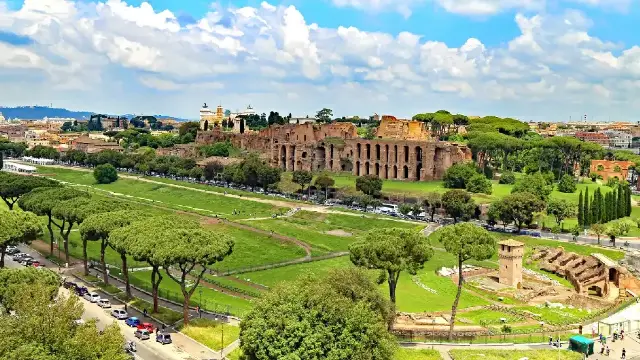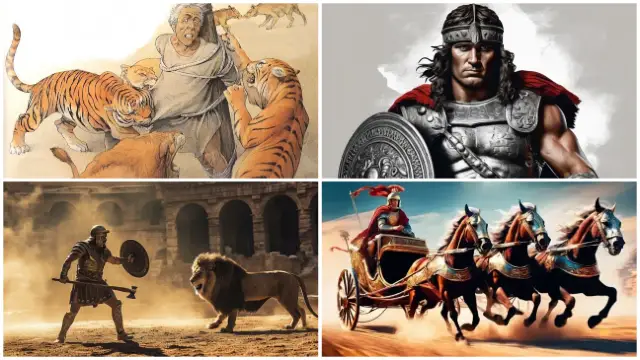Circus Maximus, In the city of Rome, is one of the most significant monuments of Roman history. Known for its colossal size and grand events. The giant stadium is a marvel of Roman architecture and a centre for ancient entertainment. This iconic structure played a key role in the social, cultural, and political life of the Romans. Regularly hosting chariot races, gladiatorial games, and public spectacles. As a result, thousands of spectators flocked to Rome.
Circus Maximus: Showcases Rome’s Grandeur and Influence

But Circus Maximus was more than just an normal venue, what it did was showcased Rome’s grandeur and influence. Commissioned by Tarquinius Priscus in the 6th century BCE, the structure was one of Rome’s first large scale public venues. Originally built for public games, the monster stadium evolved into a central hub for political and social unity. Emperors frequently used it to display their power and generosity. Regularly hosting massive public spectacles, including triumphal processions, religious ceremonies, and festivals, showcasing the might Rome.
Ancient Rome’s Largest Stadium and Engineering ingenuity
Spanning 600 metres long by 150 metres wide, Circus Maximus was ancient Rome’s largest stadium, seating 250,000 spectators. Its U-shaped design featured tiered seating for optimal views, with a central spina adorned with obelisks. Sharp turns, or metae, at each end of the spina tested charioteers skills, often causing dramatic crashes. Roman engineers used concrete to create massive arches and vaults, while advanced drainage systems prevented flooding, showcasing their Engineering ingenuity.

Circus Maximus was renown for its brutal chariot races. Such spectacles were the most popular form of amusement in 6th century BCE Rome. These high-speed, dangerous races attracted massive crowds who fiercely supported their favorite teams. Each team, called a faction represented a distinct colour: Red, White, Blue, or Green. The intense competition often made or broke a charioteer’s career, with victorious racers enjoying immense fame and fortune akin to modern sports stars. In addition to wacky races, various other spectacles like Gladiatorial games featured fierce combatants fighting to the death, while venationes (hunting) showcased foreign animals like lions, tigers, and elephants in dramatic battles against humans or each other.
The Decline of the Circus Maximus

As the home of the Roman Empire began to decline, so did the prominence of the Circus Maximus. The fall of the Western Empire in the 5th century CE marked the end of large scale events in Rome, and the structure gradually fell into disrepair. Furthermore Rome’s largest stadium was severely damaged by fire in the 6th century and was never fully rebuilt. Over time, the site was abandoned, and its materials were repurposed for other buildings.
Visiting the Circus Maximus Today
Today, the Circus Maximus may no longer host racing events, but it remains a site of great historical importance. Visitors to Rome can explore the ruins, walk along the same path where chariots once raced, and imagine the roar of 250,000 spectators cheering for their favorite teams. Furthermore, while much of the original structure has been lost to time, the outline of the stadium is still visible. The large open space, now a public park, gives visitors a sense of the scale and grandeur of the palatine
If you’re planning a visit to the Circus Maximus in Rome, here are a few helpful websites:
Circo Maximo Experience Official Site: This is the official home website where you can book tickets for the Circo Maximo Experience, an augmented reality tour that lets you explore the Circus Maximus as it appeared in its prime. Visit here (museiincomuneroma.vivaticket).
Mama Loves Rome: This travel blog offers an in-depth review of the Circo Massimo Experience, including tips on visiting with kids, what to expect during the tour, and nearby attractions. It’s a great guide for planning your trip. Read more here (Mama Loves Rome).
These top resources will help you make the most of your visit, offering insights into both ticketing and the immersive experiences available at the site.
Leave comments below and support our new media content

Leave a Reply